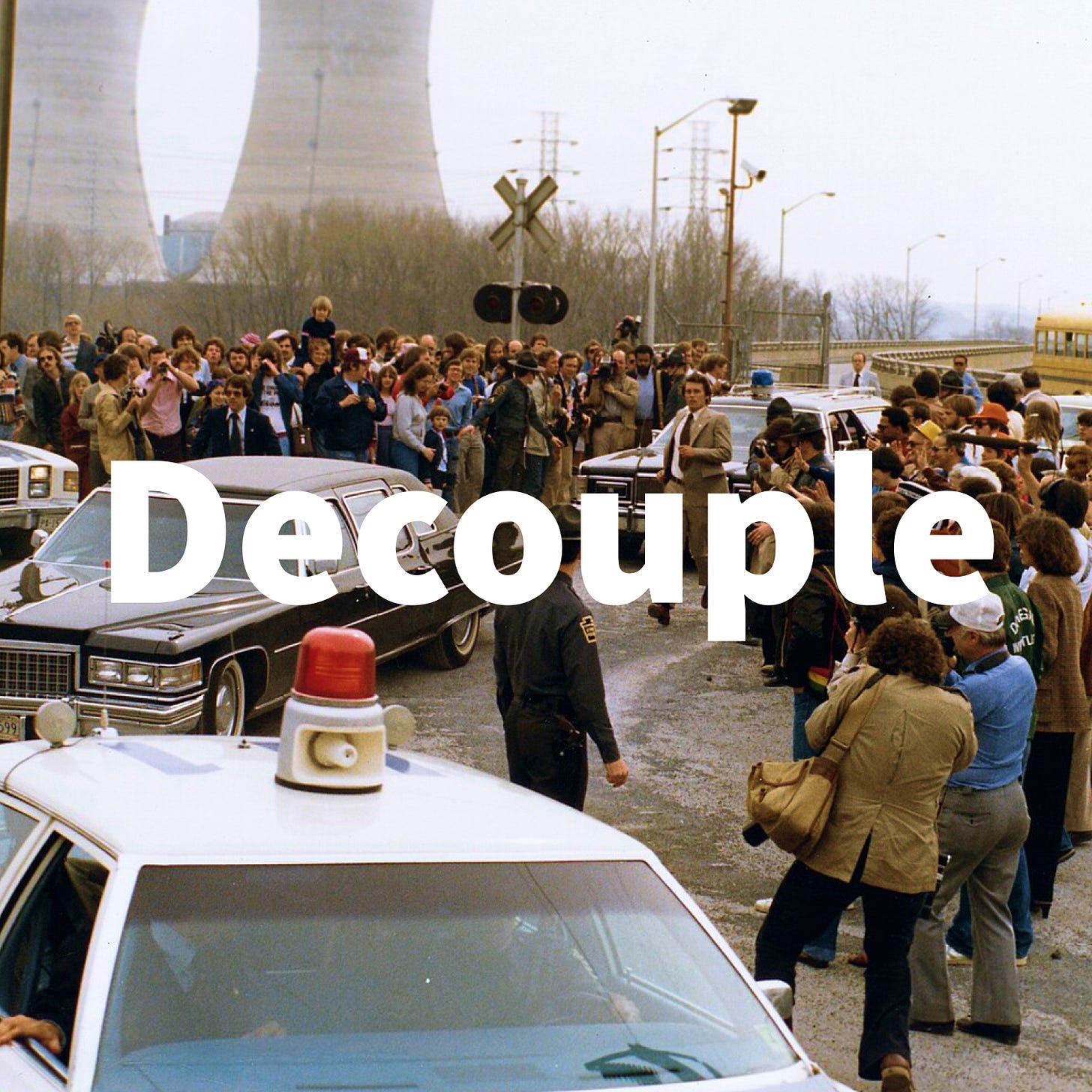James Krellenstein, co-founder of Alva Energy, explains precisely what happened at the Three Mile Island accident, and how an ordinary reactor trip cascaded into a partial meltdown due primarily to errors in the human-machine interface. We discuss how the 1979 incident, despite its severity, actually showed the effectiveness of the “defense in depth” principle and led to significant improvements in plant operations and nuclear safety culture.
Watch now on Spotify, Apple, and Youtube.
In a nutshell
The Three Mile Island (TMI) accident, while resulting in a 60% core meltdown, paradoxically demonstrated both the robustness of nuclear safety systems and critical weaknesses in human-machine interfaces. Despite multiple system failures, the plant's automated safety features performed as designed, but operator error in a chaotic control room led to the manual override of these systems, resulting in a partial meltdown that captivated the country’s attention.
We talk about
How pressurized water reactors and their safety systems work
The step-by-step accident sequence at TMI Unit 2
Human factors and operator decision-making during the crisis
The defense-in-depth philosophy in nuclear power plants
The accident’s long-term impacts on nuclear safety culture and plant operations
Some takeaways
The accident demonstrated the effectiveness of defense-in-depth safety philosophy, as no meaningful public health consequences occurred despite severe core damage
Prior to TMI, nuclear plants operated at 55% capacity factor; post-accident changes helped achieve 90-93% capacity factors
The accident revealed critical gaps in operator training and human-machine interface design — automated safety systems worked as designed; the accident escalated due to operator intervention
“Even in a situation where the operators shut down the emergency core cooling system, we melt 60% of the core, we detonate hydrogen within the containment building... that system prevented any meaningful public health consequences to either the general public or the operators of the plant, which is why Three Mile Island is one of the greatest arguments you have for nuclear safety." — James Krellenstein
References
WASH-1400 (now known as NUREG-75/014)
Keywords
Three Mile Island, nuclear accident, pressurized water reactor, nuclear safety, core meltdown, emergency core cooling system, human factors, defense in depth, nuclear regulation, reactor operations
Timestamps
00:00 Intro
01:23 The Impact of Three Mile Island on Nuclear Regulation
04:30 Understanding Pressurized Water Reactors
10:58 The Three Mile Island Accident Breakdown
27:44 The Role of Emergency Systems in Nuclear Safety
30:38 System Failures and Initial Responses
36:06 Operators' Critical Mistake
41:00 Escalation and Core Meltdown
45:39 Human Factors and System Design
53:25 Regulatory Changes and Safety Culture
57:13 Defense in Depth and Public Response
01:05:19 Modern Reactor Safety Enhancements












Share this post